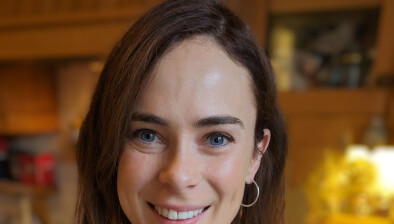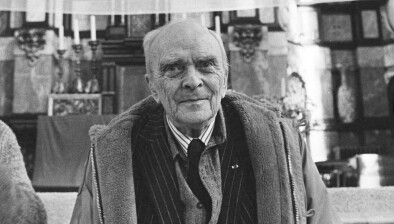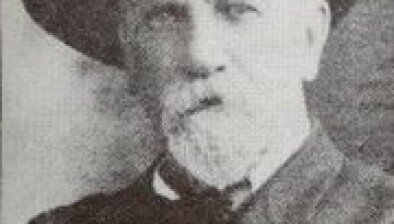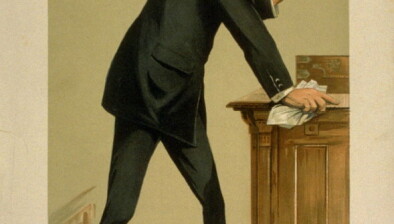Irish Legal Heritage: Soloheadbeg
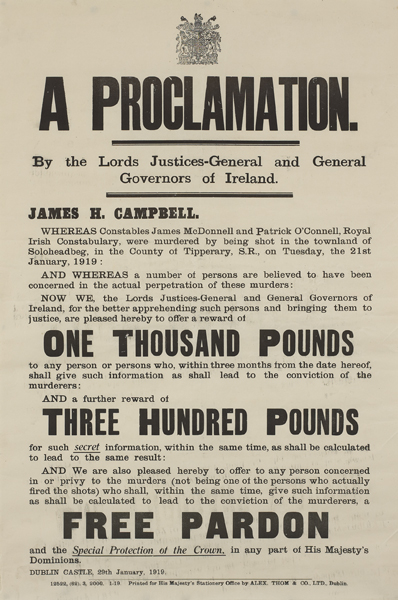
About three hours before the First Dáil Éireann sat in Mansion House at 3.30pm on the 21 January 1919, the first shots of the Irish War of Independence were fired. Irish Volunteers from the Third Tipperary Brigade had received intelligence before Christmas in 1918 that a large quantity of explosives – gelignite – would be moved to Soloheadbeg quarry in mid-January 1919 – and they planned to intercept it.
The Volunteers had been on watch for the gelignite being moved from the British Army barracks in Tipperary for a number of days when Paddy O’Dwyer (who had been posted as a watch-out) saw it being loaded onto a cart. O’Dwyer cycled ahead to tell Séamus Robinson and Seán Treacy that the gelignite was on its way with only two policemen and two workmen escorting it. By the time the cart arrived at the gates of the quarry, Robinson, Treacy, O’Dwyer, Dan Breen, Seán Hogan, Micheal Ryan, Patrick McCormack and Tadhg Crowe were lying in wait.
The Volunteers jumped out and commanded the RIC men – Constables Patrick O’Connell and James MacDonnell – to surrender their weapons. Seán Treacy fired the first shots, and Breen and Robinson followed his lead, killing the RIC men. Crowe, O’Dwyer and Hogan attested that Breen, Robinson, and Treacy only fired in self-defence – however, different accounts have been offered by the men throughout the years, and the two workmen (Patrick Flynn and Ned Godfrey) were unable to confirm whether or not the Constables resisted the Volunteers. The Volunteers took off with the gelignite, and the ambush became known as the beginning of the Irish War of Independence. South Tipperary was declared a special military area by the British government days later, and rewards for information on the Volunteers’ whereabouts (as in the accompanying image) were offered.
The Third Tipperary brigade had acted without authorisation from Dublin, however only a few days later in An t-Óglác – the official publication of the Irish Volunteers – it was stated that the Volunteers at Soloheadbeg had “risked their lives for Ireland in order to get war material to assist and defend Ireland’s freedom”. The publication urged others not to forget those who had been fired upon and killed in the same locality by the RIC, that the people of Ireland should be proud of the Volunteers’ bravery, and that “only by such death are tyrants terrified and bullies held in check”.
In the same volume of An t-Óglác it was stated that the establishment of a national government strengthened the hand of the Irish Volunteers and that the most drastic measures against the enemies of Ireland were now sanctioned. The British soldiers and police were liable to be “treated exactly as invading enemy soldiers would be treated by the native army of any country”. It continued, “whatever sacrifices are required, whatever dangers are to be faced, the Irish Volunteers are going to see the thing through”. Irish Volunteers were urged to “put every ounce of energy and enthusiasm into his work for the next few months”.
Seosamh Gráinséir





